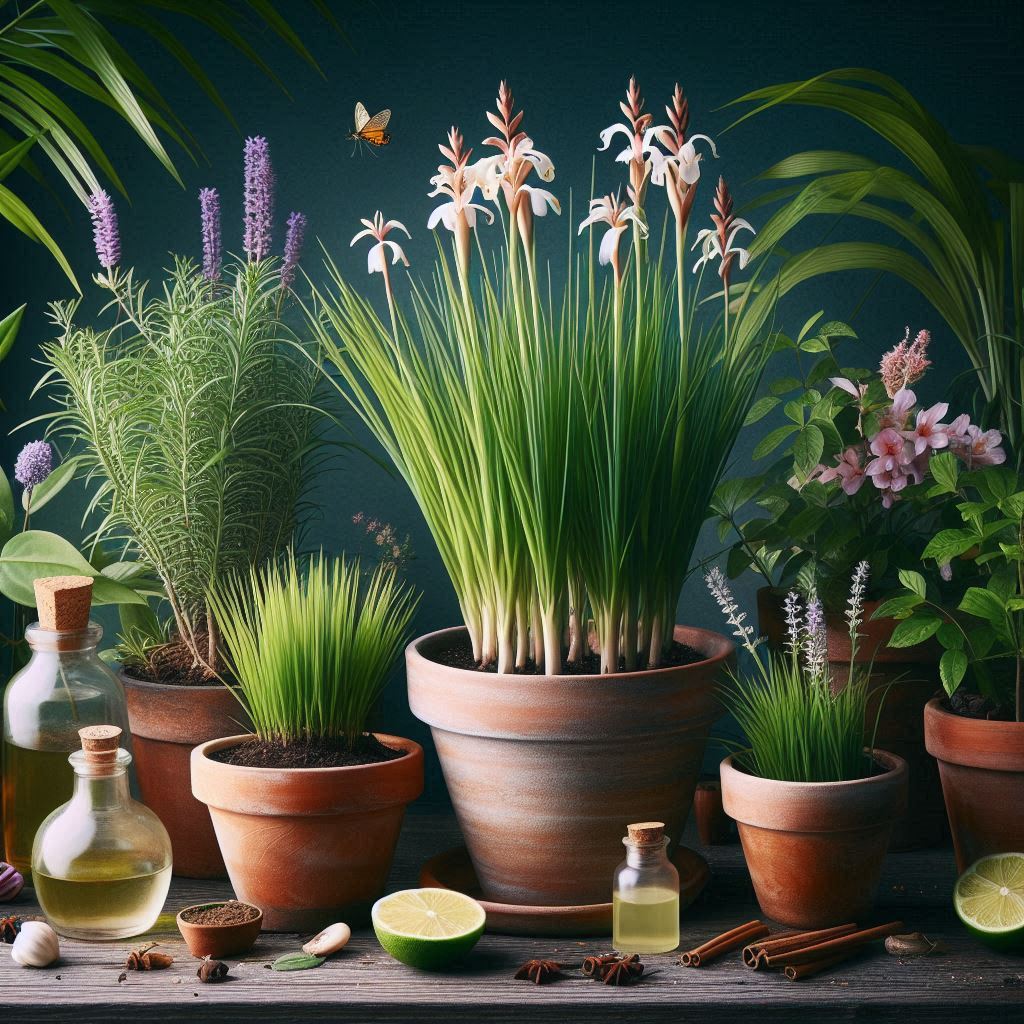Summer evenings spent outdoors can be pure bliss – balmy breezes, starlit skies, and the gentle hum of nature. However, that idyllic picture can quickly turn sour when uninvited guests like mosquitoes, flies, and aphids crash the party. These pesky bugs not only disrupt our enjoyment, but some can also transmit diseases.
Luckily, there’s a natural solution that’s both safe and effective: using plants and herbs as insect repellents! Packed with fragrant oils and unique compounds, these botanical wonders can create a bug-free haven in your garden or patio. Not only are they eco-friendly and free of harsh chemicals, but many also boast additional benefits like culinary uses and attracting pollinators.
Nature’s Arsenal: Unveiling the Power of Plants
Here are 12 remarkable plants and herbs that will keep your outdoor space buzzing with good vibes (and not pesky insects).
1: Citronella Grass: The Classic Mosquito Repellent

Towering with long, blade-like leaves and a refreshing citrus scent, citronella grass is a familiar face in the natural bug repellent game. This tropical wonder contains citronellal oil, a compound known for its effectiveness in repelling mosquitoes. Studies have shown that citronella oil disrupts the insects’ olfactory receptors, making it difficult for them to locate humans.
Planting and Care: Citronella grass thrives in warm, sunny locations with well-drained soil. Keep it consistently moist, but avoid overwatering. It can be grown in pots or directly in the ground, making it a versatile choice for any space.
Bonus Benefit: While primarily used as a mosquito repellent, citronella grass can also deter flies and gnats with its strong scent.
2: Lemongrass: A Fragrant Ally Against Pests
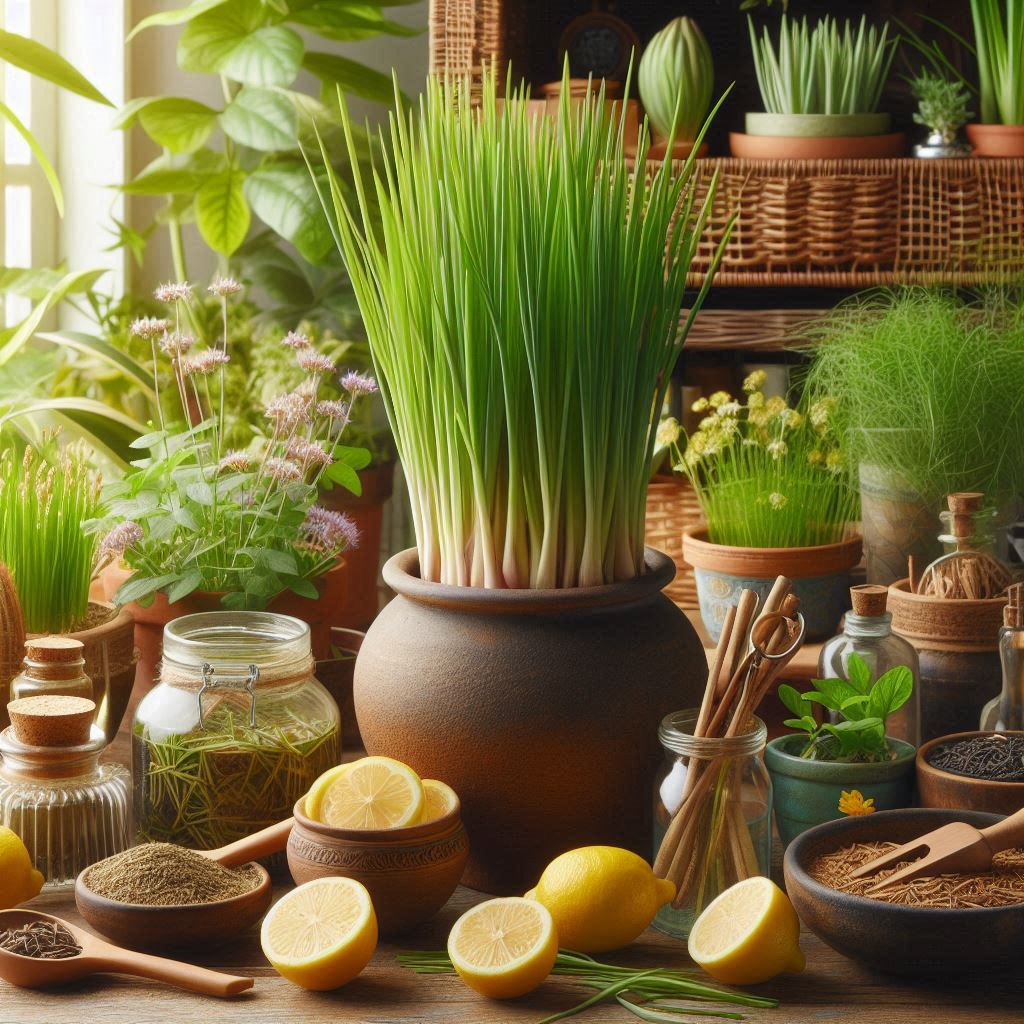
Lemongrass, a close relative of citronella grass, boasts similar bug-repelling properties. Its lemony aroma, thanks to the presence of citral oil, effectively deters mosquitoes, flies, and even some crawling insects.
Planting and Care: Lemongrass prefers full sun and well-drained soil. It requires regular watering during hot weather but tolerates drier conditions once established. Grow it in pots or in the garden, but be aware that it can be somewhat invasive due to its rapid growth.
Additional Advantage: Beyond repelling bugs, lemongrass is a popular culinary herb used in Asian cuisine. Its zesty flavor adds a delightful touch to soups, curries, and stir-fries.
3: Marigolds: The Cheerful Guardians of the Garden
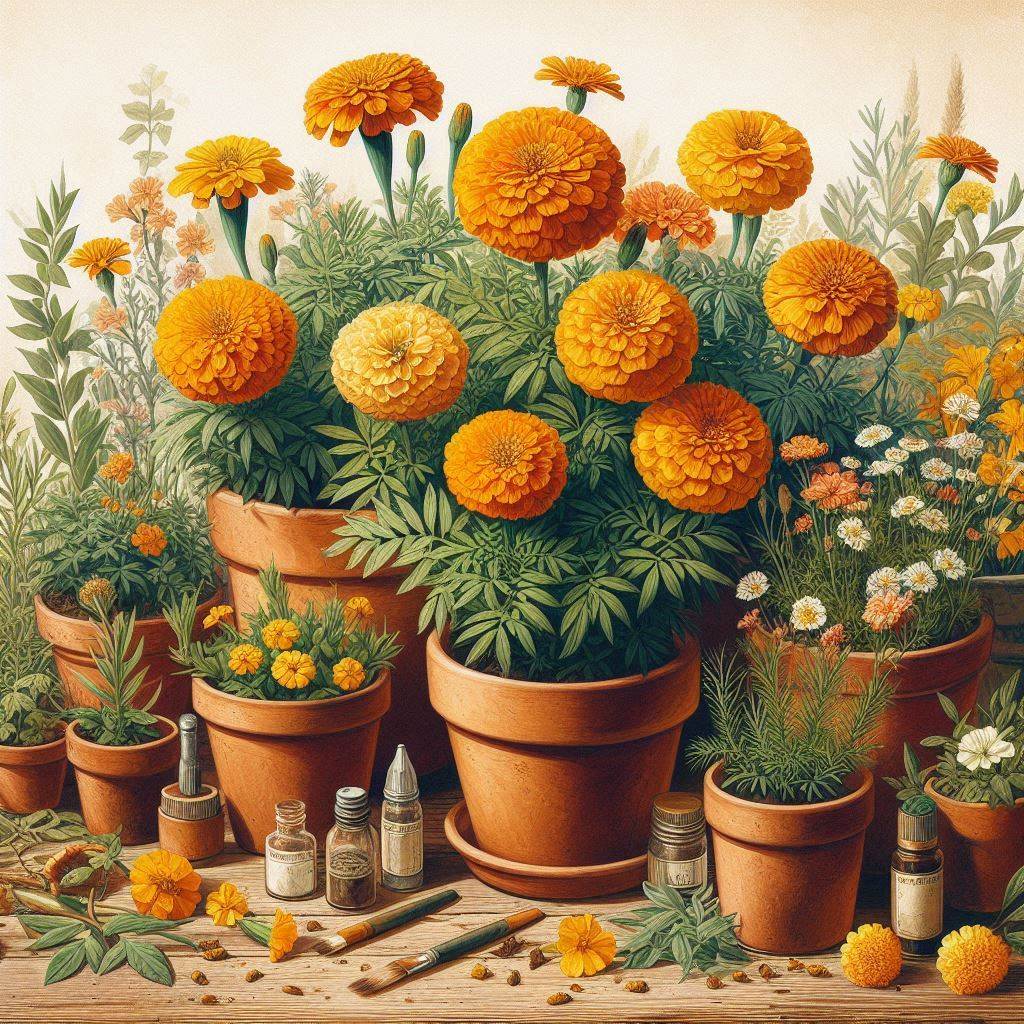
These vibrant orange and yellow flowers aren’t just beautiful additions to your garden; they’re also powerful insect repellents. Marigolds contain a natural insecticide called pyrethrum, which disrupts the nervous system of many insects, including aphids, whiteflies, and even some beetles.
Planting and Care: Marigolds are low-maintenance plants that thrive in full sun and well-drained soil. They’re relatively drought-tolerant and require minimal watering once established. Sow seeds directly in the garden or start them indoors and transplant later.
Double Duty: Marigolds not only repel pests but also attract beneficial insects like ladybugs, which prey on other harmful bugs in your garden. Talk about a win-win situation!
4: Lavender: The Fragrant Foe of Flies

Lavender is renowned for its calming aroma and beautiful purple flowers. But did you know it’s also a natural insect repellent? The essential oil in lavender flowers effectively repels flies, mosquitoes, and even moths.
Planting and Care: Lavender loves hot, dry climates and well-drained soil. Plant it in a sunny location and water it deeply but infrequently. Prune regularly to maintain its shape and encourage bushier growth.
Triple Threat: Lavender isn’t just a bug repellent and a calming presence; it’s also a wonderful culinary herb used in various dishes and teas. Additionally, its fragrant flowers attract butterflies and bees, adding a touch of beauty and pollination power to your garden.
5: Mint: The Refreshing Repellent
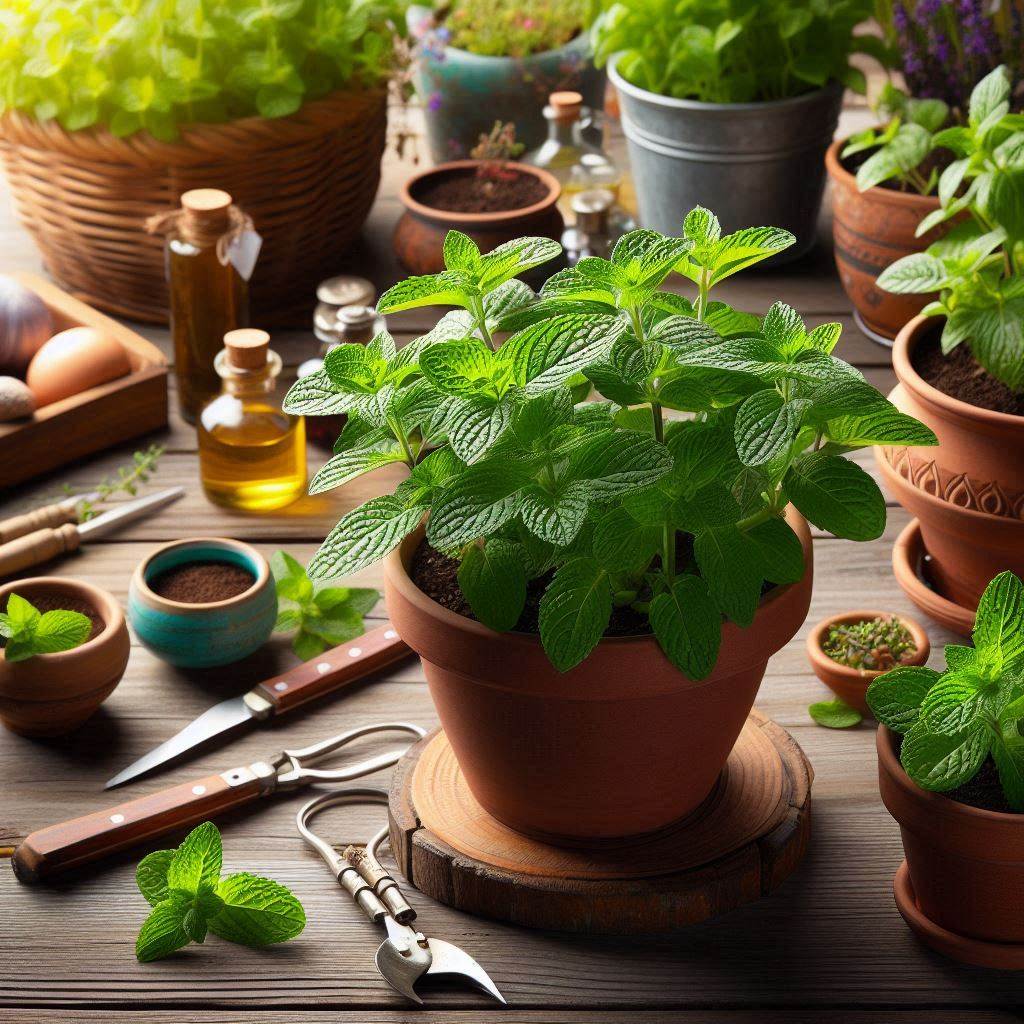
Spearmint and peppermint, the two most common mint varieties, are not only refreshing for humans but also unappealing to many insects. Their strong, minty scent effectively repels flies, ants, and even some crawling insects.
Planting and Care: Mint is a fast-growing herb that thrives in moist soil and partial shade. Be mindful of its invasive nature – plant it in containers or use a root barrier to prevent it from taking over your garden.
Versatile Herb: Beyond repelling bugs, mint is a culinary powerhouse. Use it in refreshing summer drinks, sauces, and even desserts. Additionally, its invigorating scent makes mint a popular choice for homemade cleaning products and natural air fresheners.
6: Basil: The Culinary Companion with a Bug-Repelling Bonus
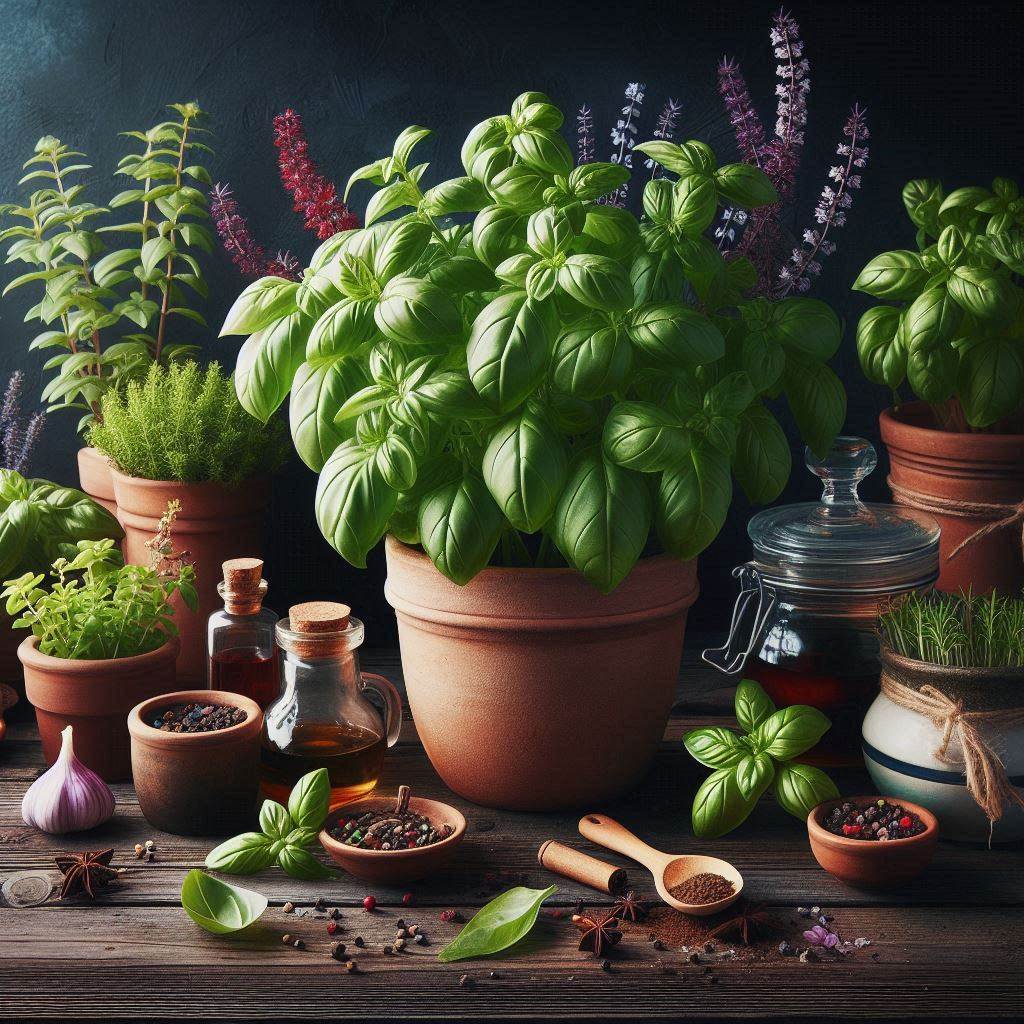
Basil, a staple in Italian cuisine, offers a surprising benefit – it repels mosquitoes and houseflies. The strong aroma of basil, attributed to various essential oils, creates an unwelcome environment for these pesky insects.
Planting and Care: Basil loves warm weather and full sun. Plant it in well-drained soil and water it regularly, especially during hot and dry periods. Basil is generally grown as an annual herb, so you’ll need to replant it each year.
Culinary Delight: The primary benefit of basil lies in its delicious flavor, making it a must-have for any herb garden. Use it fresh in salads, pizzas, pasta dishes, and pesto for a burst of summery goodness.
7: Rosemary: The Aromatic Armor Against Pests
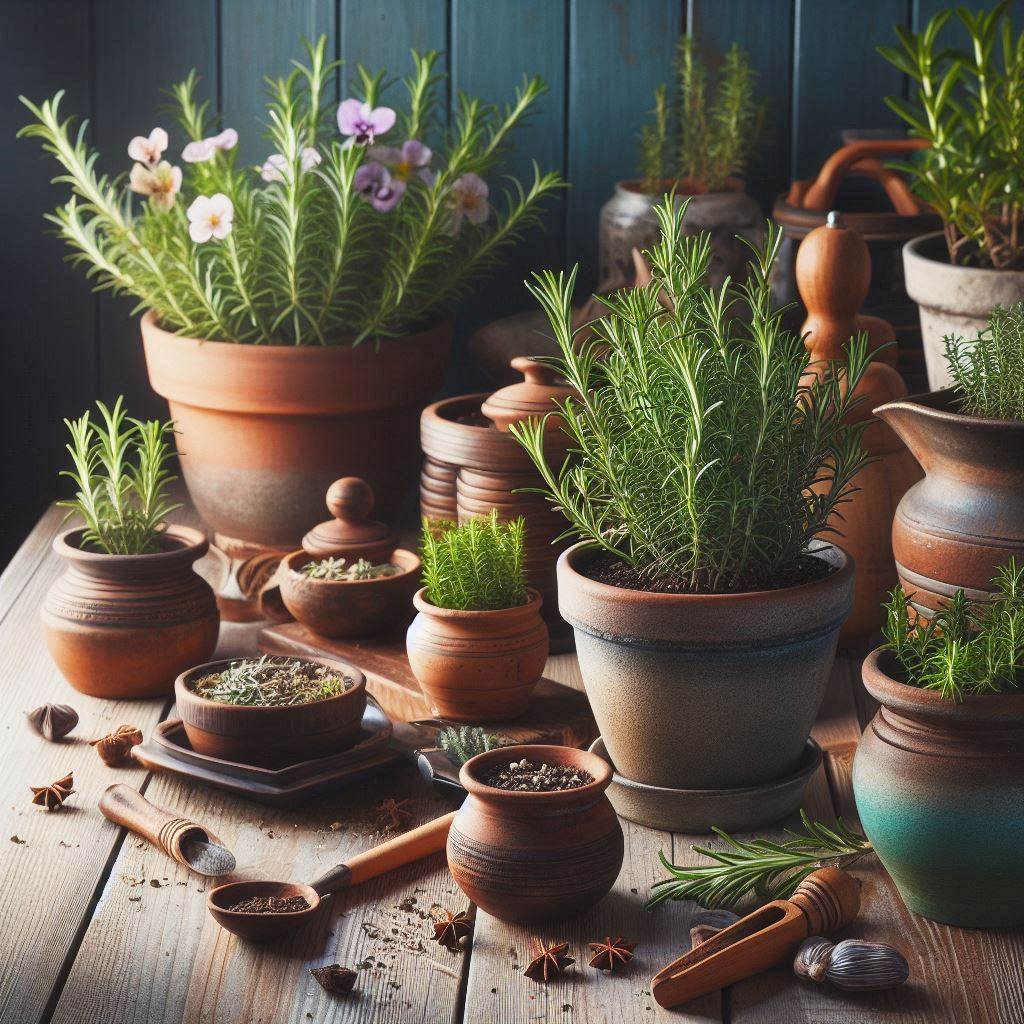
Rosemary, with its fragrant needle-like leaves, not only adds a delightful touch to your cooking but also repels mosquitoes and flies. The strong, woody scent of rosemary oil is particularly effective in deterring these unwanted guests.
Planting and Care: Rosemary thrives in hot, dry climates and well-drained soil. Plant it in a sunny location and water it deeply but infrequently. Rosemary is a slow-growing perennial herb, so be patient – it will reward you with its beauty and benefits for years to come.
Culinary Powerhouse: Rosemary is a versatile culinary herb used in various dishes, from roasted meats and vegetables to soups and stews. Its woody aroma adds a depth of flavor that elevates any recipe.
8. Catnip (Nepeta cataria):
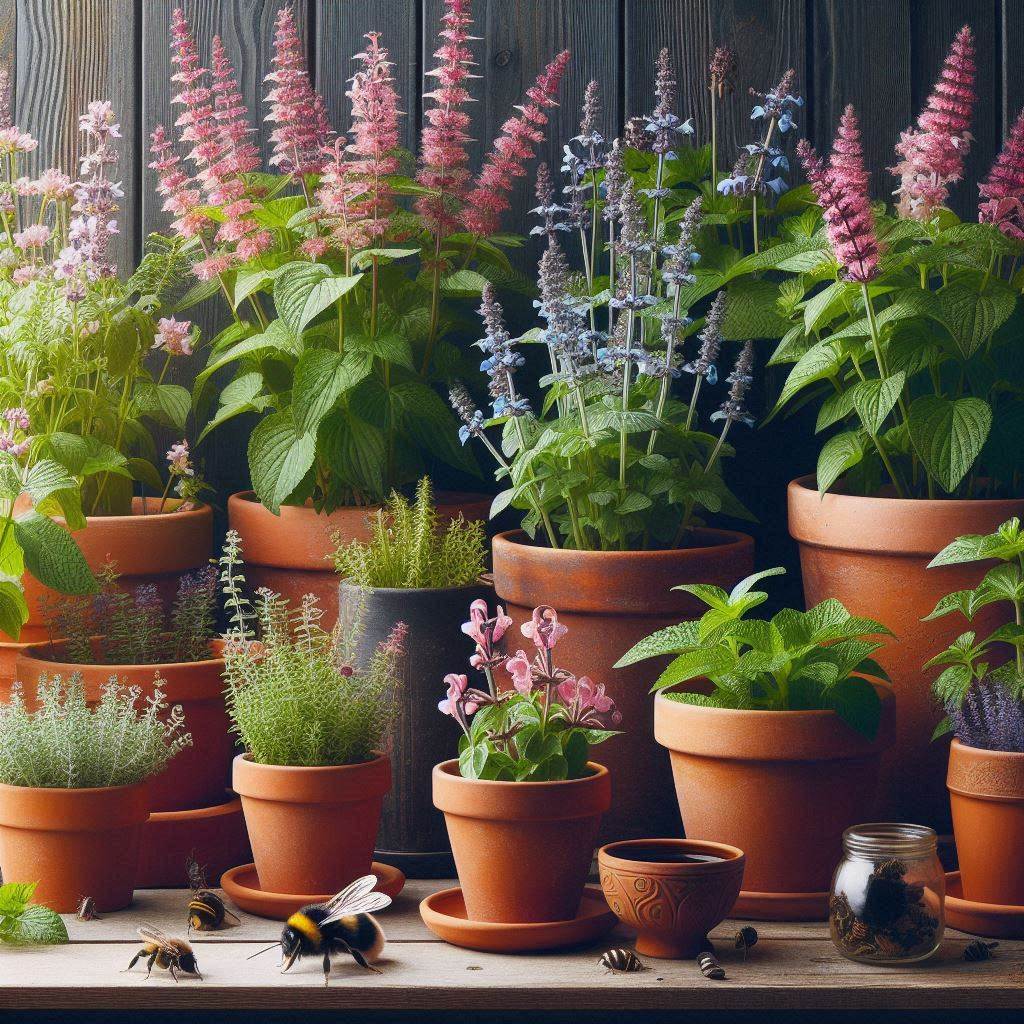
This herb might be a feline favorite, but its strong scent also deters mosquitoes and other flying insects. The culprit? Nepetalactone, a compound found in catnip that disrupts the insects’ nervous system.
Planting and Care: Catnip thrives in full sun and well-drained soil. It’s a fast-growing perennial, so be prepared for it to spread. Regular pruning helps maintain its shape and encourages bushier growth. However, remember, if you have feline companions, they might be more interested in a playful rendezvous with the plant than its bug-repelling properties.
9. Geraniums (Pelargonium spp.):
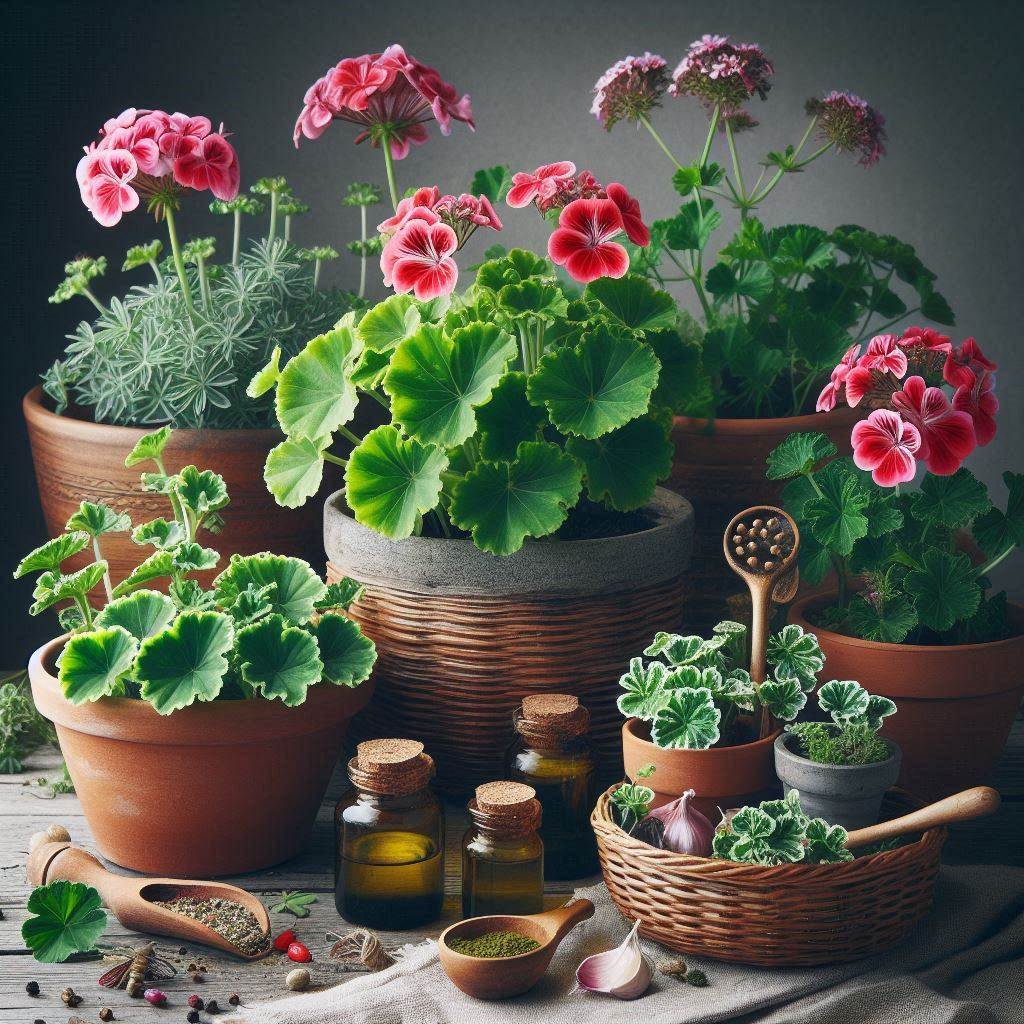
These vibrant flowering plants come in a variety of colors and add a cheerful touch to any patio. But their beauty isn’t their only benefit. Geraniums possess a citronella-like scent that effectively repels mosquitoes, flies, and even whiteflies.
Planting and Care: Geraniums prefer full sun and well-drained soil. Water them regularly during hot weather, allowing the soil to dry slightly between waterings. Deadheading spent flowers encourages continuous blooming throughout the season. Geraniums are typically grown as annuals in colder climates, but they can be overwintered indoors in warmer regions.
10. Pennyroyal (Mentha pulegium):
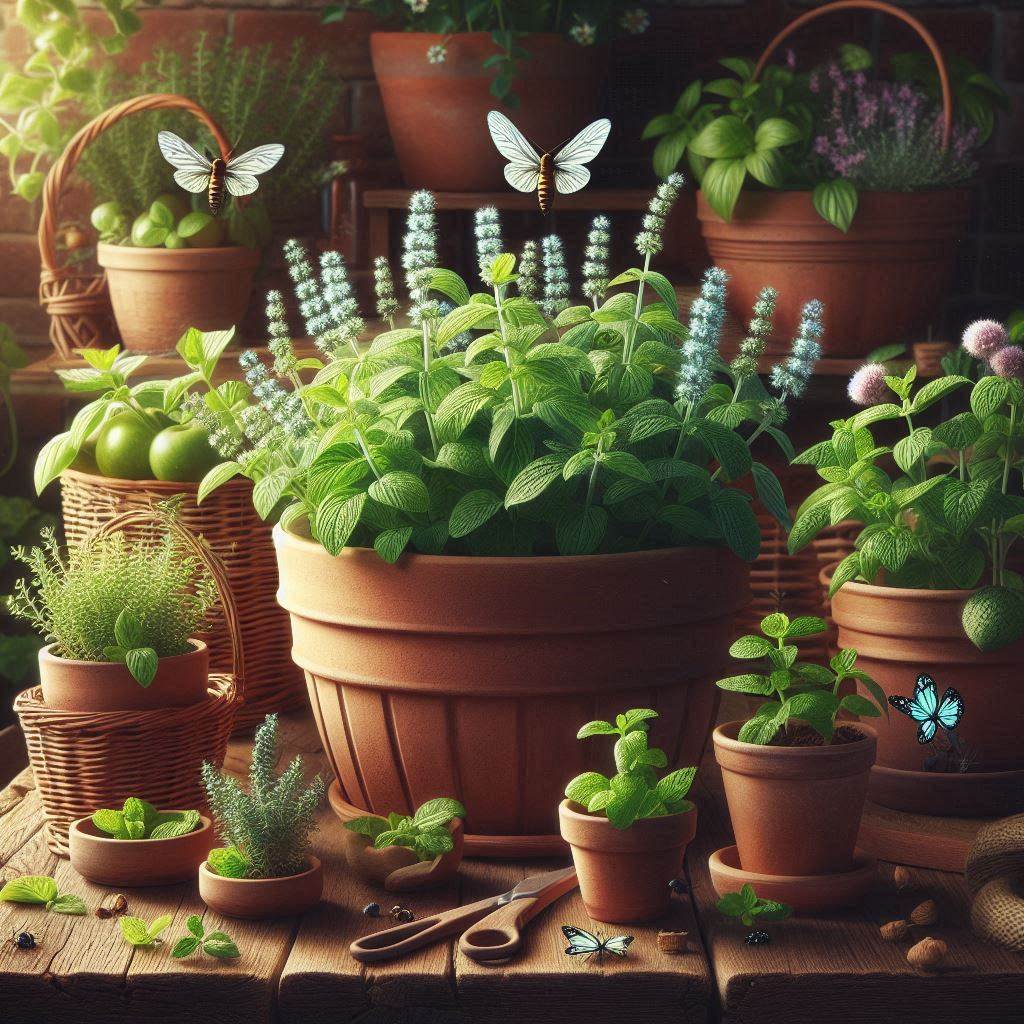
This creeping herb, a relative of mint, packs a powerful punch against ants, fleas, and even some mosquitoes. Pennyroyal oil, extracted from the leaves, is a known insect repellent. However, it’s important to note that pennyroyal can be toxic if ingested in large quantities, so exercise caution around pets and children.
Planting and Care: Pennyroyal thrives in full sun and well-drained soil. It’s a fast-growing and somewhat invasive plant, so consider planting it in containers or using a root barrier to prevent it from taking over your garden.
11. Rue (Ruta graveolens):
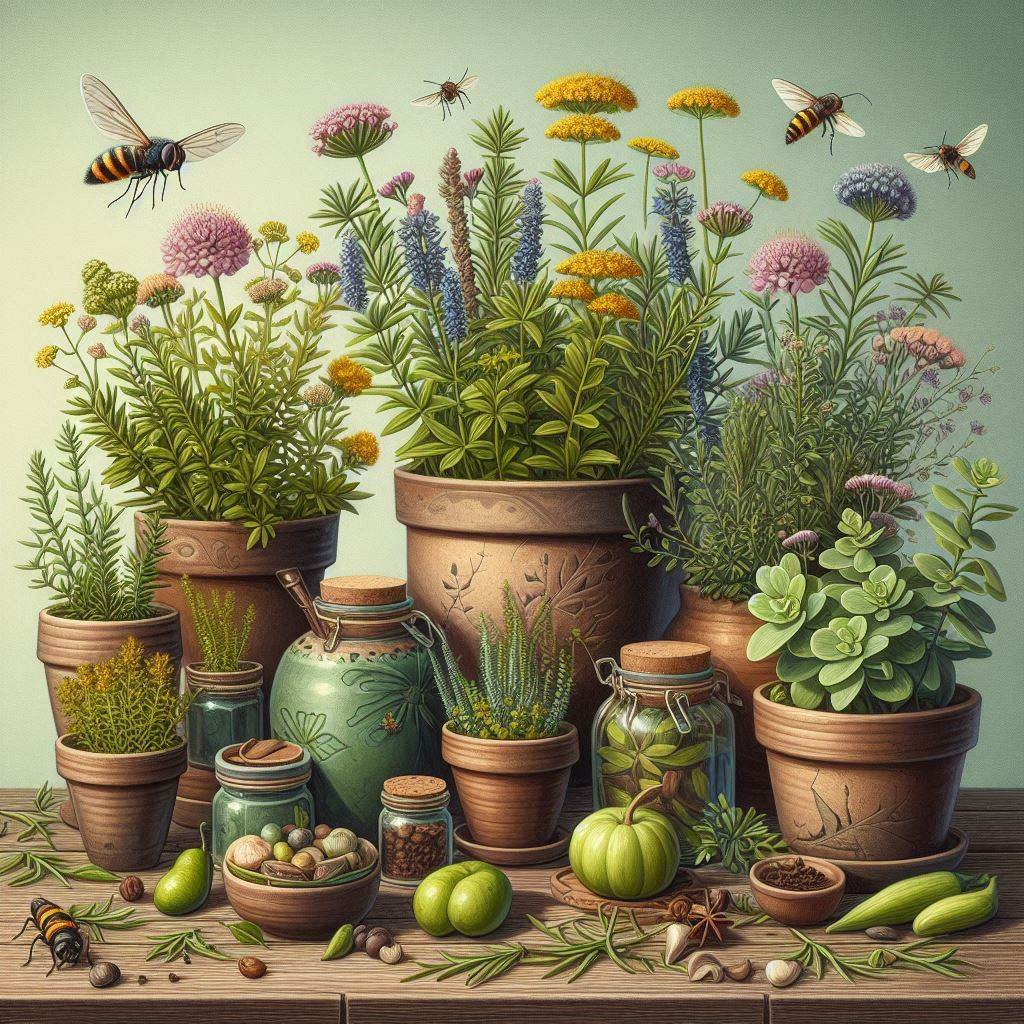
This ancient herb, with its blue-green leaves and yellow flowers, has a long history of use as a natural insect repellent. Rue effectively deters flies, mosquitoes, and even some beetles with its strong, pungent odor.
Planting and Care: Rue is a low-maintenance herb that thrives in full sun and well-drained soil. It’s drought-tolerant once established and requires minimal watering. However, be aware that rue can be toxic if ingested in large quantities, so handle it with care and keep it out of reach of pets and children.
12. Tansy (Tanacetum vulgare):

This yellow-flowered perennial herb not only adds a splash of color to your garden but also repels a variety of insects, including flies, moths, and even some crawling pests. Tansy contains pyrethrin, a natural insecticide that disrupts the nervous system of insects.
Planting and Care: Tansy thrives in full sun or partial shade and prefers well-drained soil. It’s a fast-growing and somewhat invasive plant, so use caution when planting and consider using a root barrier. Additionally, tansy can be toxic if ingested in large quantities, so keep it out of reach of pets and children.
Remember: While these plants offer natural bug-repellent properties, it’s important to note that their effectiveness can vary depending on the specific insect, environmental conditions, and the plant’s maturity.
Maximizing Your Natural Pest Control Efforts
Here are some additional tips to get the most out of your natural bug-repelling plant arsenal:
- Companion Planting: Plant certain beneficial herbs and flowers alongside your vegetables and other desired plants. This creates a microclimate that deters pests and attracts beneficial insects like ladybugs and lacewings that prey on harmful bugs.
- Strategic Placement: Plant bug-repelling herbs and flowers around your patio, doorways, and other areas where you spend time outdoors. This creates a natural barrier against unwanted insects.
- Create a Mix: Don’t rely on just one plant – use a variety of bug-repelling herbs and flowers to target a broader range of insects.
- Maintain a Healthy Environment: Regularly clear away debris, fallen leaves, and stagnant water sources, as these attract pests.
- Patience is Key: Natural repellents may not work as instantly as chemical sprays, but their effects are cumulative. Give your plants some time to establish themselves and create a bug-free zone.
Embrace the Power of Nature: A Sustainable Solution
By incorporating these powerful plants and herbs into your gardening and landscaping strategy, you can create a naturally bug-free haven in your outdoor space. Not only is this approach safe for your family and pets, but it’s also eco-friendly and sustainable. So, ditch the harsh chemicals and embrace the power of nature – your garden and your well-being will thank you for it!
Have you tried using any of these plants or herbs for natural pest control? Share your experiences and tips in the comments below! Let’s work together to create a community of eco-conscious gardeners who embrace natural solutions for a healthier and happier outdoor environment.

